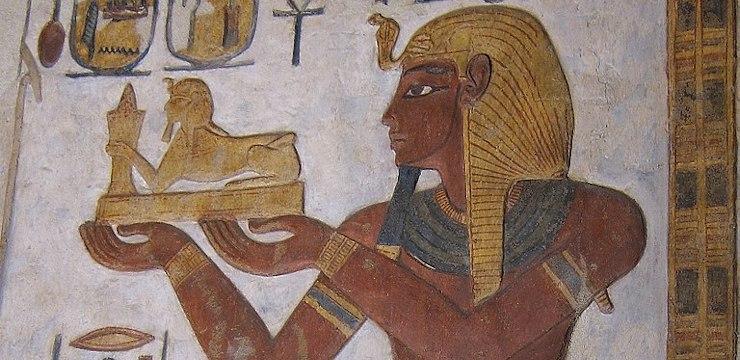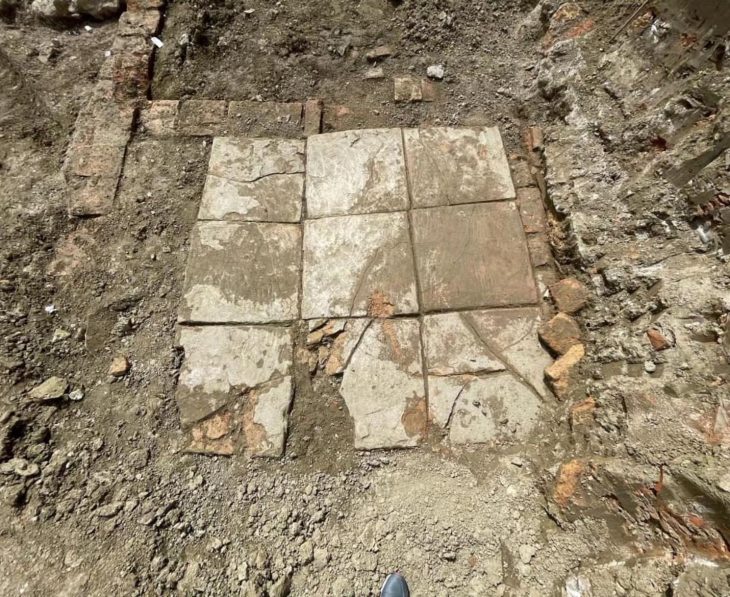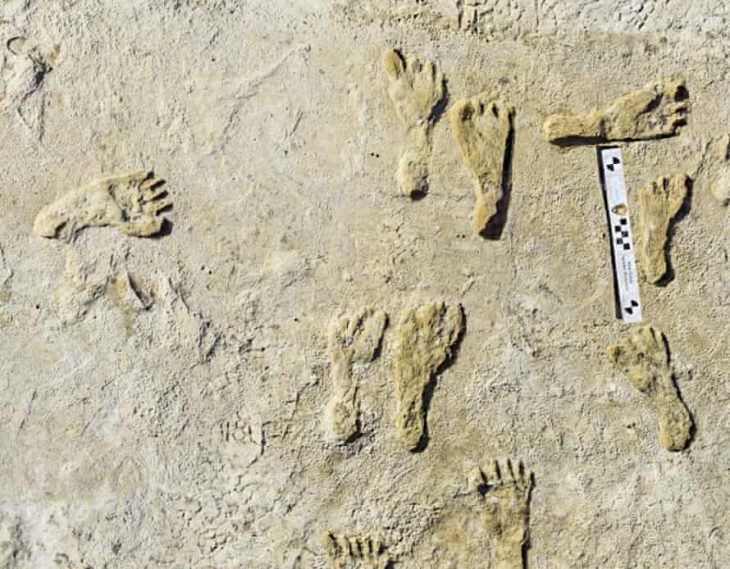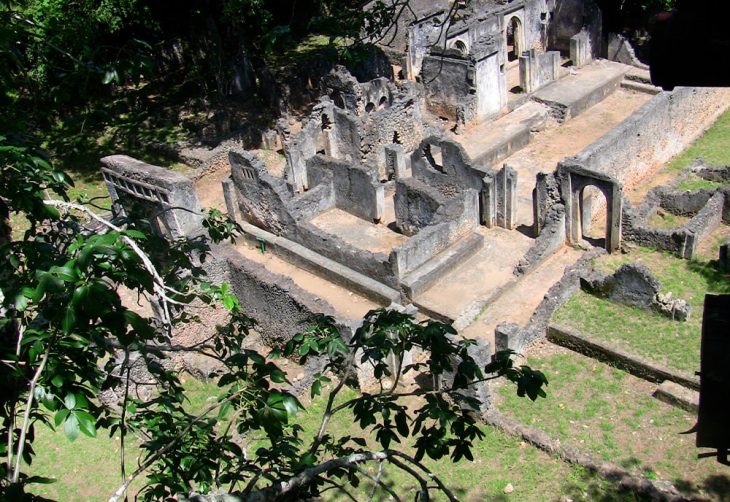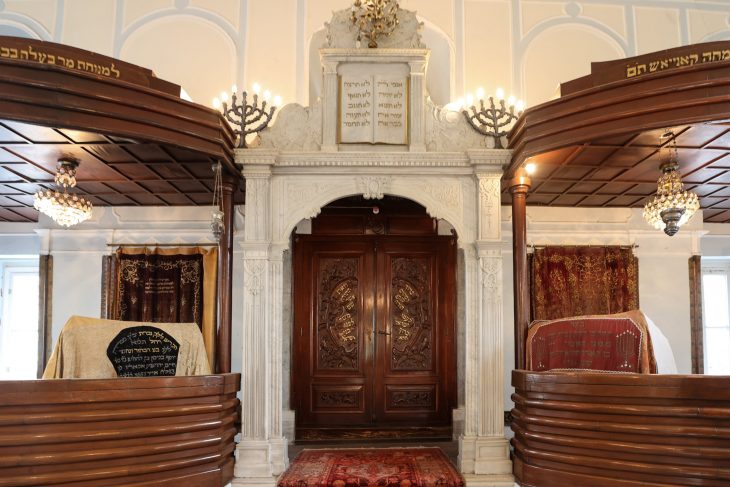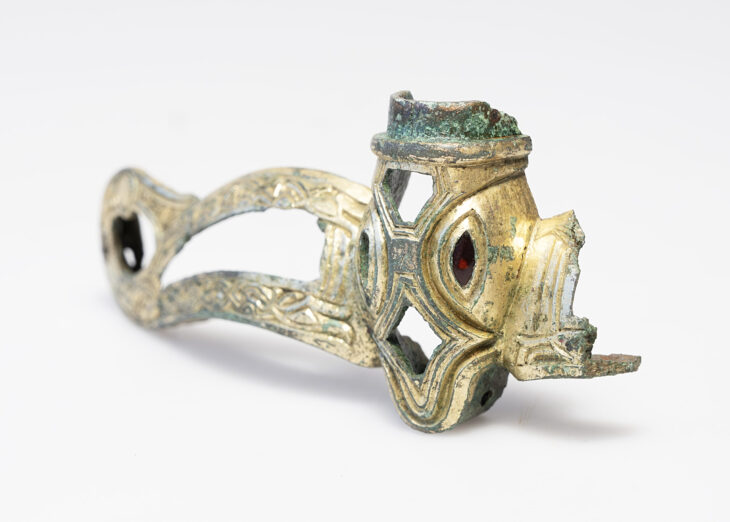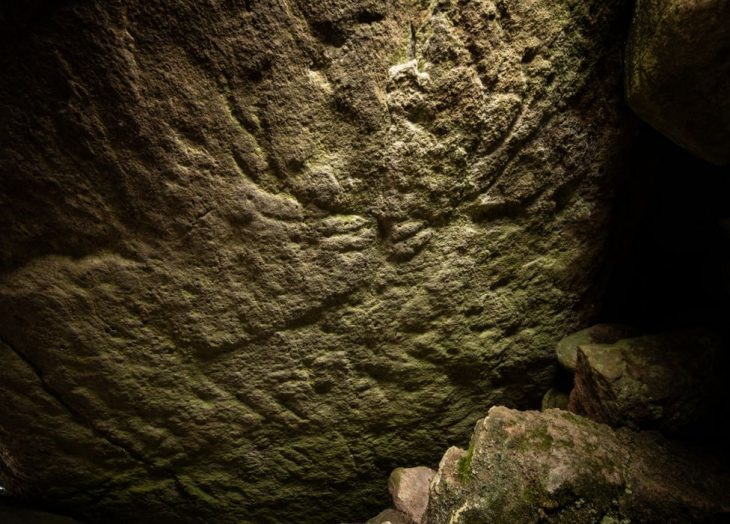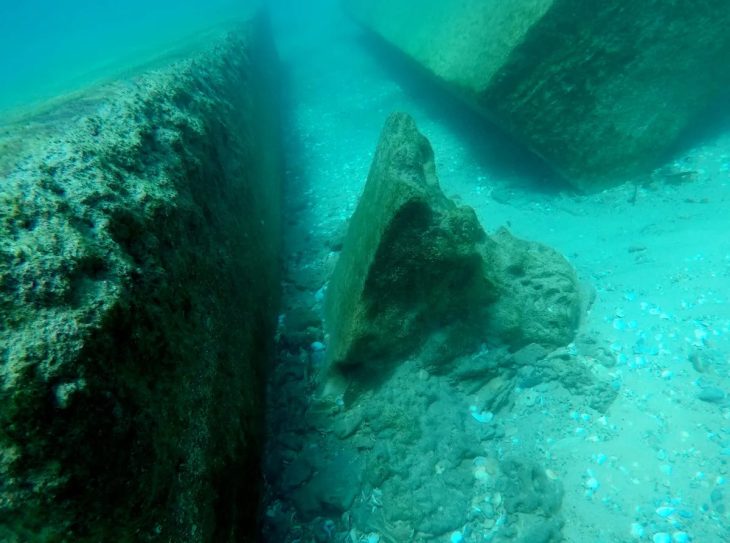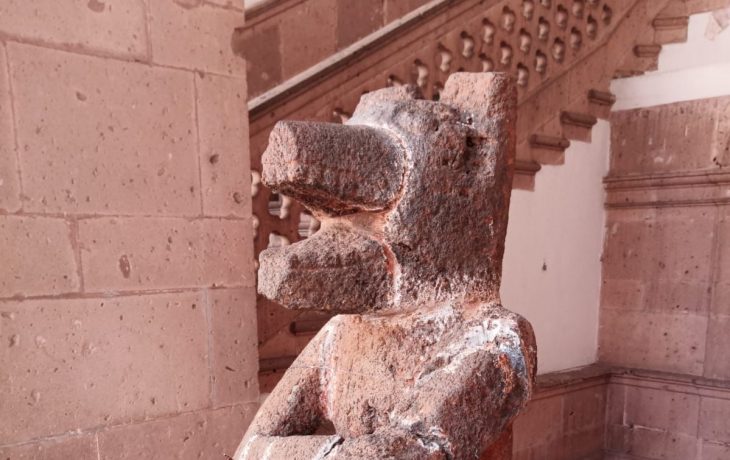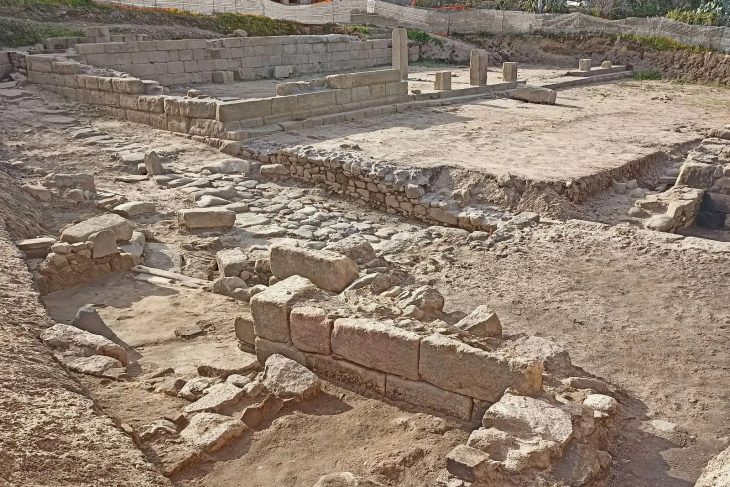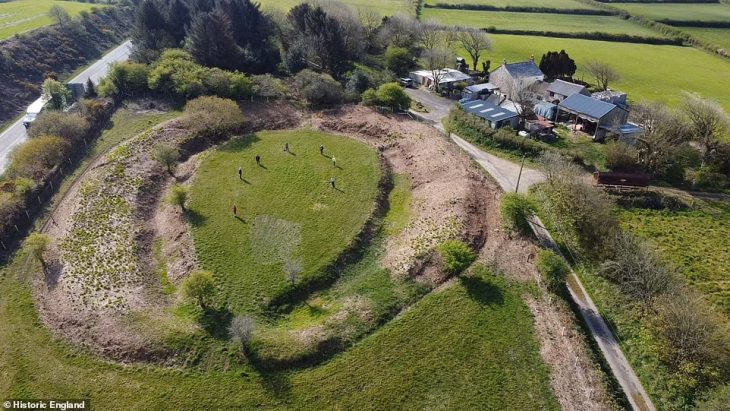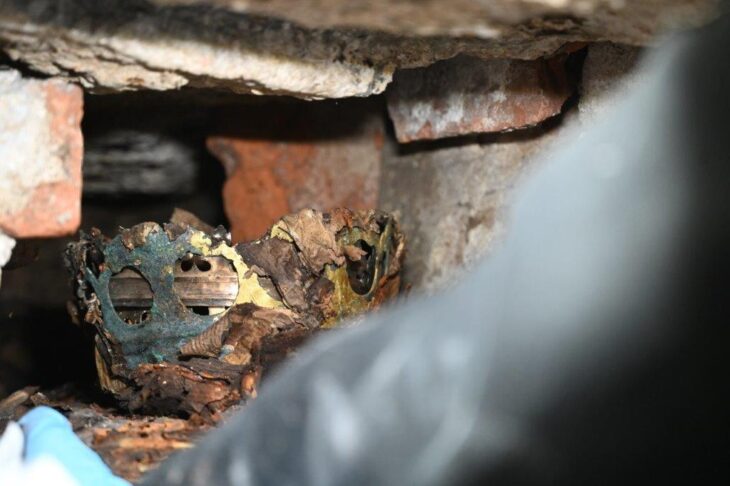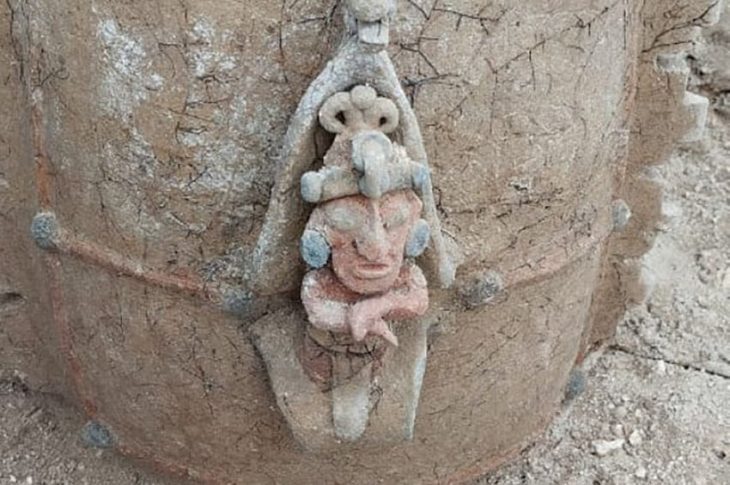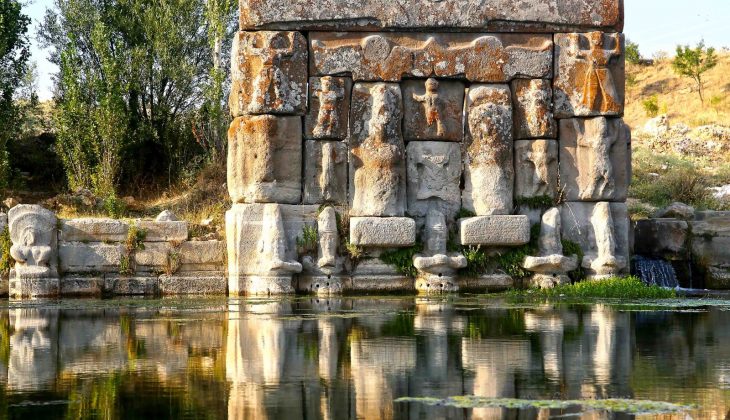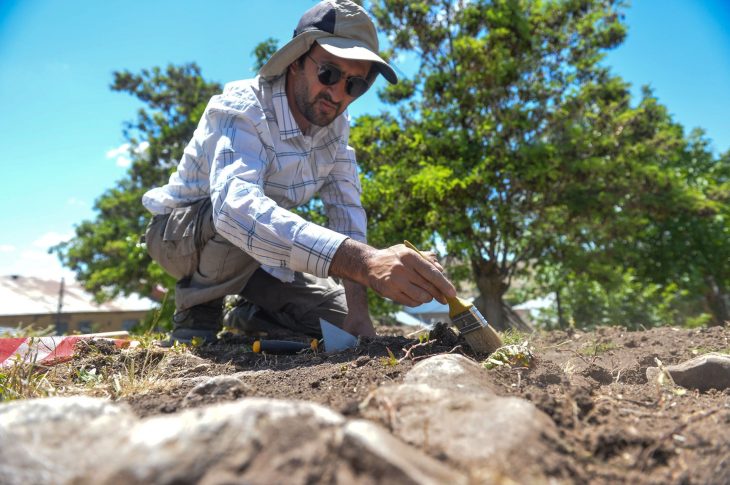Following various findings showing ancient Egyptian King Ramses III had a presence on the Arabian Peninsula, an Egyptian archaeological team is planning to begin an excavation expedition in Saudi Arabia.
The former Egyptian Minister of State for Antiquities and a well-known Egyptologist Zahi Hawass stated in a press statement on May 27 that he was talking to Jasir al-Harbash, CEO of the Heritage Committee of the Saudi Ministry of Culture. The meeting discussed the mechanism needed to start the excavation of the site of King Ramses III, one of the 20th dynasty kings of ancient Egypt, in Saudi Arabia in November.
Hawass noted research showed that King Ramses III had deployed several missions to extract copper from a neighboring country and recorded this on a papyrus from that era. This neighboring country is believed to be Saudi Arabia, he added.
Once the trade route is unveiled, he continued, a lot of information regarding its use during historical eras will be coming our way.
He pointed out that there are many other regions found on the trade route that linked the two countries, and excavations will be carried out in these regions to find new evidence of Egyptian kings who sent missions to Saudi Arabia more than 3,000 years ago. An important group of scarabs found in Saudi Arabia came from Egypt, he said.
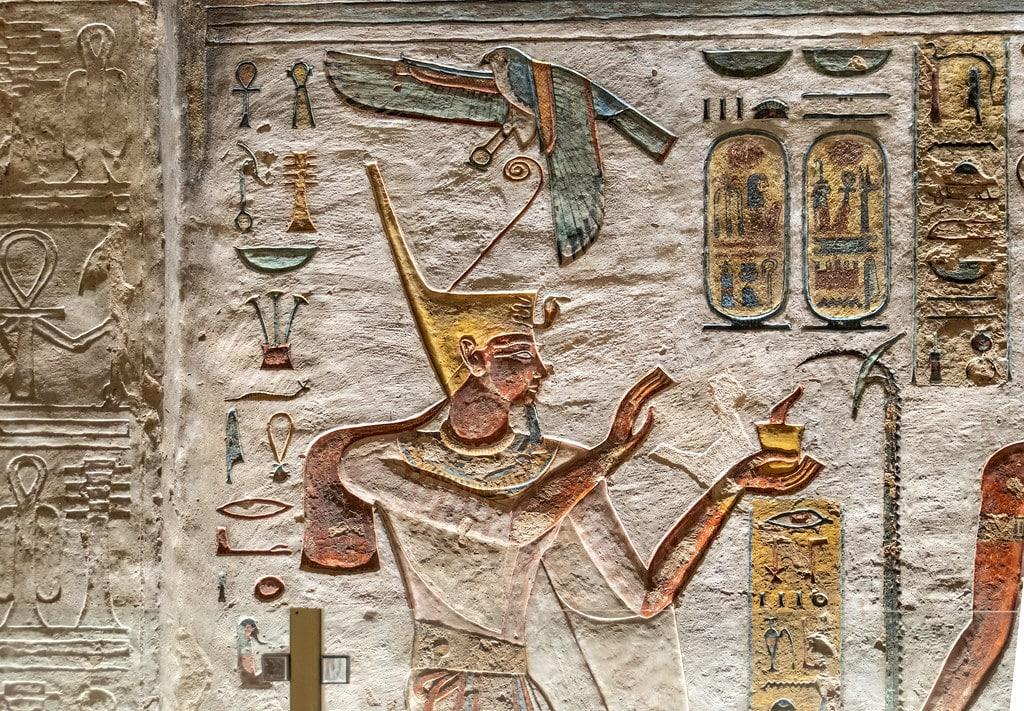
The Saudi Supreme Commission for Tourism and Antiquities (SCTA) reported the discovery of the first hieroglyphic inscription in the Arabian Peninsula, dating back to the 12th century B.C., on a rock in the Tayma area of northern Saudi Arabia on Nov. 7, 2010. The inscription has a cartouche (royal signature) of King Ramses III, the final king of Ramesses, who governed Egypt from 1192 and 1160 B.C., confirming the existence of a trading tie between the two kingdoms at the time.
According to the commission, Saudi archaeologists undertook field and desk research that led them to the conclusion that during the era of Pharaoh Ramses III, a direct trade route between the Nile Valley and Tayma in northeastern Saudi Arabia was utilized. This road was used by Egyptian convoys to acquire expensive items in Tayma, which was known for its incense, copper, gold, and silver.
Ali bin Ibrahim al-Ghabban, vice president for Antiquities and Museums at the SCTA, said back then that the discovery of this road will be a turning point as far as studies about the roots of civilizational relations between Egypt and the Arabian Peninsula are concerned.
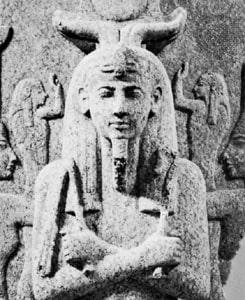
He anticipated finding additional cartouches of Ramses III or cartouches of other Egyptian rulers on the trade route in Hasma, a sand desert in northern Saudi Arabia’s Tabuk area that stretches over 400 kilometers (248 miles) between Tayma and the Red Sea’s Aqaba Gulf. The location is distinguished by a rocky façade perfect for writing and etching.
Asked about the details of the excavation project in Saudi Arabia, Hawass told Al-Monitor over the phone that this is the first time that an Egyptian mission digs for Pharaonic antiquities in Saudi Arabia, as the missions that were previously deployed there were mainly foreign. He pointed out that the excavations will take place at two sites, one of them near the coast and another near the area where the cartouche belonging to Ramses III was found — the Tayma region.
Asked about his expectations of what the excavation will lead to, Hawass said that there will be no expectations regarding the shape or nature of the antiquities that the mission is looking for before the excavation begins, but the mission is trying to find out more about the existence of a commercial relationship between Egypt and Saudi Arabia in the era of the modern Egyptian state dating back 3,000 years.
The mission, he added, set a period of three months for the excavations before the announcement of any discoveries.
Tayma is considered one of the most important archaeological sites in Saudi Arabia and the Arabian Peninsula in general, and includes antiquities dating back more than 85,000 years. It was traditionally a commercial and economic hub and a melting pot for the ancient trade routes.
Source: Al-Monitors

